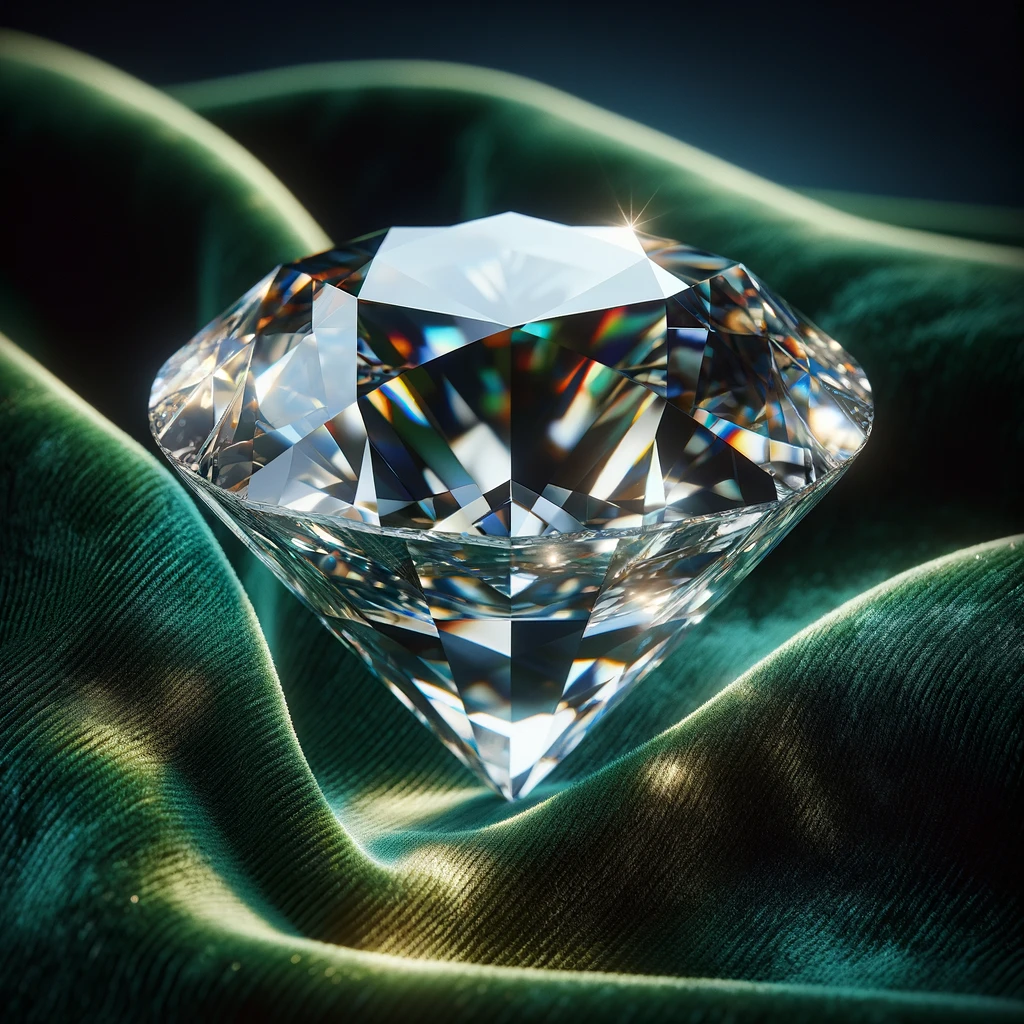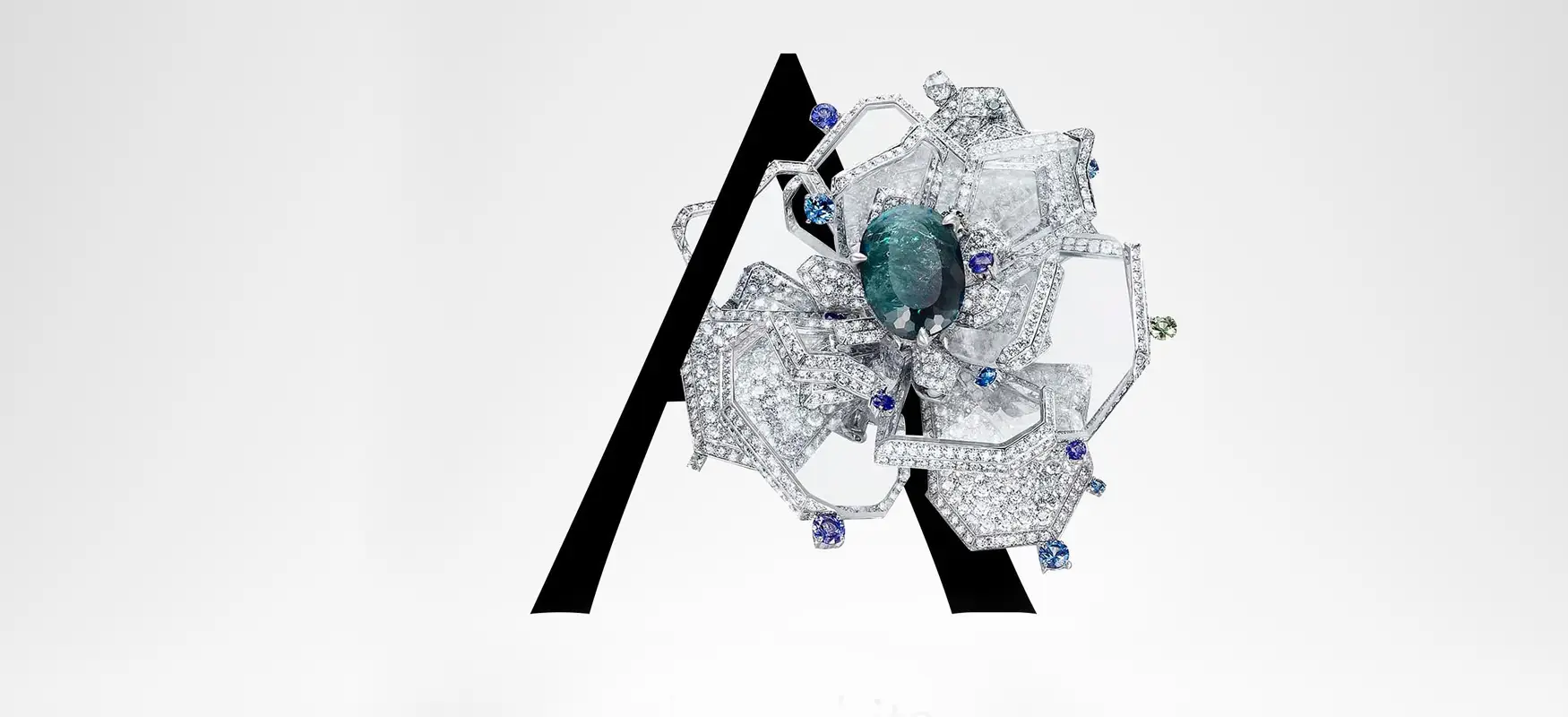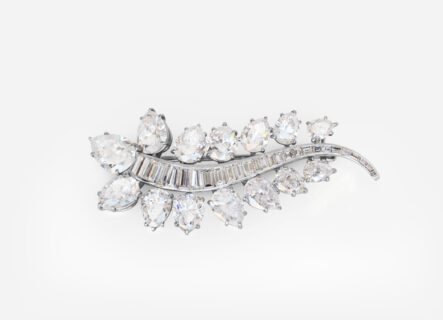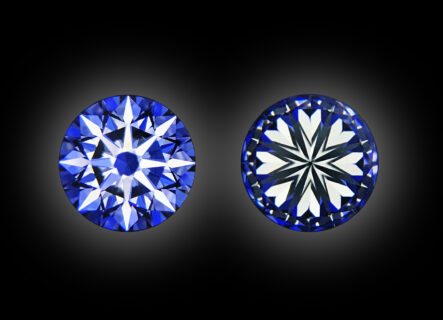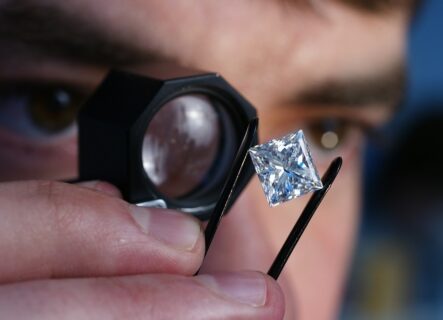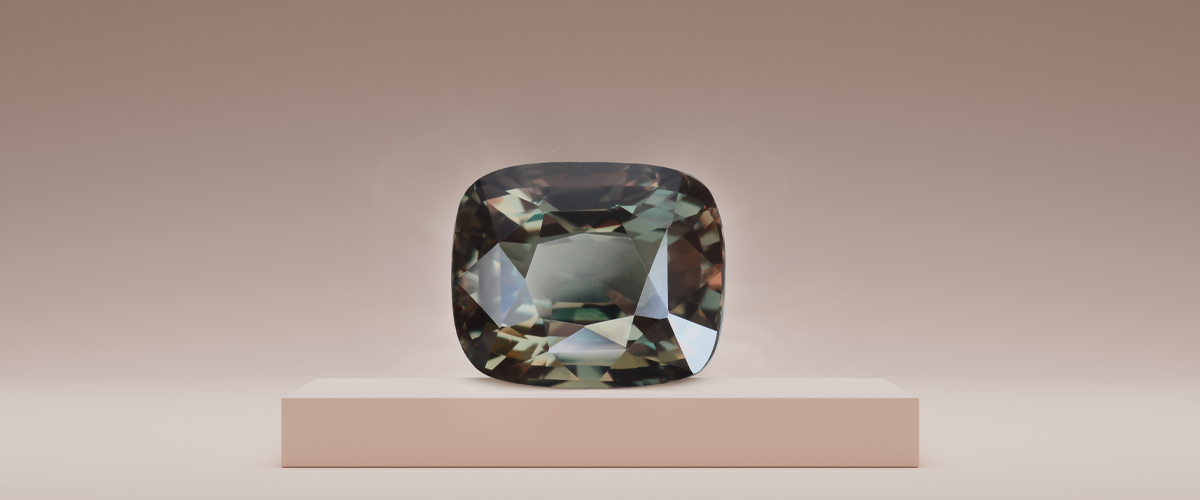
Alexandrite is a magical gemstone. This is a real chameleon gem everyone would love to own, but very few people actually do – due to its price and scarcity.
Description
Alexandrite is often described as «an emerald by day, a ruby by night» since it’s a rare multicoloured type of chrysoberyl. Its color can range from a lovely green or fluorescent light in daylight to brownish or purplish red in the lamp or candle light.
Moreover, it is also a very pleochroic gem, which means it can show different shades when looked at from different angles. Typically, its three pleochroic colors are green, orange, and purplish red.

Mineral: chrysoberyl
Color: bluish green in daylight, purplish red in lamplight
Mosh Hardness: 8,5
Origin: the Ural Mountains (initially), Sri Lanka, East Africa, Brazil
Superpower: promoting good luck in love and finance
Birthstone: June
Anniversary: 55th wedding anniversary
History
Alexandrite’s first deposits were discovered in 1830 in the Urals in Russia. First high quality gems demonstrated spectacular color change and vivid hues. The stone was named after the young Alexander II, the heir to the Russian throne. It caught the attention because its red and green shades resembles the national military colors of imperial Russia.
Apart from the Urals, this gemstone can be found in Brazil, Sri Lanka, Burma, Madagascar and Tanzania. These deposits contain some stones of good quality, but many show less precise color changes and more cloudy shades than Russian alexandrites of the 19th century.

Lucky charm
Alexandrite is believed to bring good luck, especially when it comes to love and personal finance. That’s why many consumers choose it as a part of their engagement ring designs.
This stone enhances imagination, creativity, intuition, strengthens concentration, boosts the strive for excellence, represents a bridge between the physical and spiritual worlds.
Quality factors
Color
Great Alexandrites are green to bluish in daylight and red to purplish red in artificial light. Their preferable saturation is moderately strong to strong – since gemstones that are too light do not reach the quality of color intensity seen in fine-quality stones and those that are too dark lack brightness and appear almost black.
Clarity
Alexandrites of great quality have few inclusions. Sometimes, needle-like inclusions create a phenomenon called chatoyancy or a cat’s-eye effect. This effect increases the gemstone’s value.
Cut
Alexandrites are usually available in mixed cuts. Their rarity means that they are often cut in order to preserve weight. However, their pleochroism complicates the task for cutters. Cutting this gem, they try to demonstrate the strongest color change through the gem’s crown. It’s crucial to position the rough so the fashioned stone shows both purplish red and green pleochroic shades face-up.
Carat weight
Most cut gemstones weigh less than 1 ct. Larger, higher-quality gems rise in price immediately and dramatically.
Reuven’s comment
“To find a perfect Alexandrite is as difficult as to find a needle in a haystack. This gem is expensive and extremely rare, being in particular demand among collectors. The best gems, for which there is a constant hunt, are from the Urals, Russia”.
Subscribe to discover the world of diamonds and gems. If you have any questions, please let us know.


